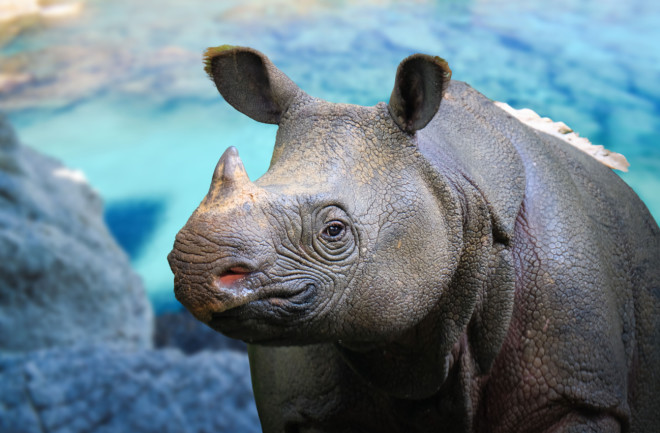Javan rhinos are among Earth's rarest large mammals, and once roamed from Northeast India to Southeast Asia. Yet despite tireless conservation efforts, these hefty herbivores are now teetering on the brink of extinction.
Getting a precise count of the few Javan rhinos left is critical to making decisions about their conservation. The elusive nature of these animals, however, combined with political complexities, complicate this essential task — and the clock is ticking.
Of course, the Javan rhino isn’t the first rhino to face extinction, nor would it be the first to recover from a near disappearance. Experts estimate that more than 100 rhino species have roamed the Earth, with a vast majority of them now extinct.
More recently, the southern white rhino, a subspecies of white rhino, was thought to be extinct in South Africa. However, at the end of the 19th century, a group of about 100 individuals was discovered.
Through well-coordinated conservation efforts, the white rhino rebounded and is currently the only rhino species whose populations are listed as “not threatened.” Whether the Javan rhino will follow the same path remains to be seen.

